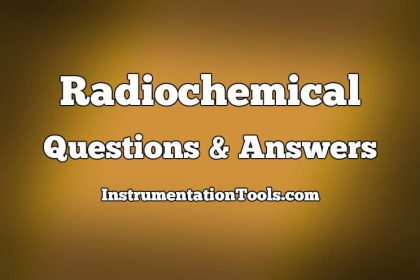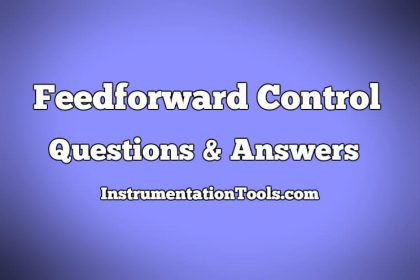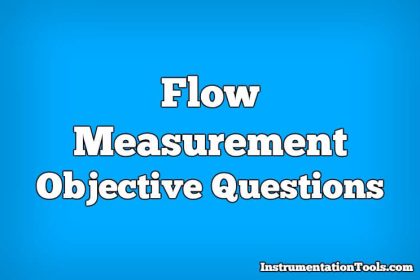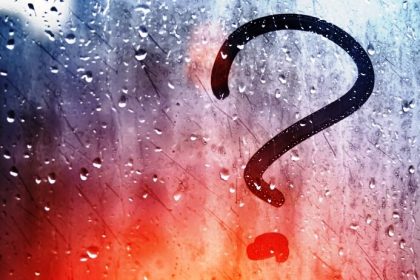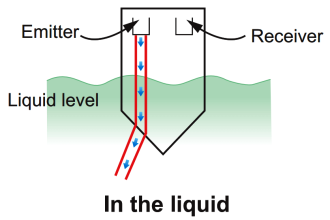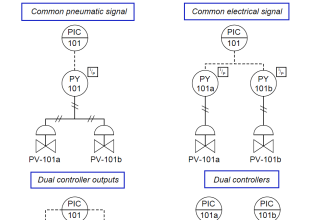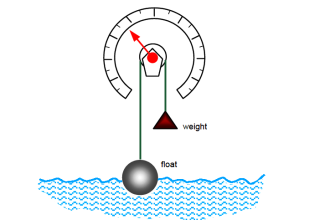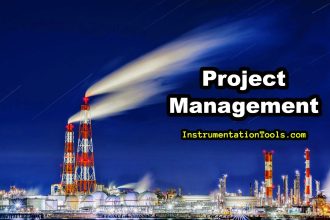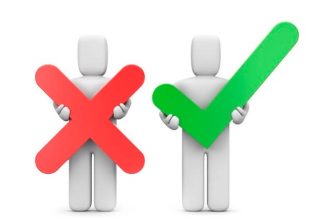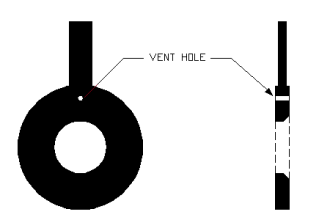The State Regulator Problem
1. The optimization method based on dynamic programming views :
a) Control problem as the multistage decision problem
b) Control input as a time sequence of decisions
c) A sampled data system gives rise to sequence of transformations of the original state vector
d) All of the mentioned
Answer: d
Explanation: The optimization method is based on dynamic programming views control problem as the multistage decision problem and control input as time sequence of decisions.
2. The choice of control vector is considered decision of interest in :
a) Multistage process of N stages
b) Minimizing the performance index
c) Optimal policy or sequence
d) All of the mentioned
Answer: d
Explanation: The choice of control vector is considered decision of interest as it the part of multistage process of N stages and this is optimal policy or sequence and this minimizes the performance criteria.
3. The principle of invariant imbedding is :
a) The optimal control sequence is function of initial state
b) The optimal control sequence is function of number of stages N
c) Control problem is imbedded with the family of problems with fixed initial value and final state
d) The optimal control sequence is function of final state
Answer: c
Explanation: In principle of invariant imbedding we do not regard the control problem as an isolated problem with fixed initial value and N but rather imbed it with the family of problems.
4. The principle of optimality :
a) The optimal control sequence is function of initial state
b) The optimal control sequence is function of number of stages N
c) The principle maintains the N-stage decision process
d) Find one control value at a time until optimal policy is determined
Answer: c
Explanation: The principle of optimality reduces the N-stage decision process into N-stage single state process, which state that an optimal control policy has the property that whatever the initial state and conditions are final state must follow the optimal policy.
5. The calculation in multistage process must always start from the first stage :
a) True
b) False
Answer: b
Explanation: It is permissible to find the last decision as the initial calculation step in multi stage decision process.
6. The optimal control at each state is ________ combination of states.
a) Linear
b) Non-linear
c) Time variant
d) Time invariant
Answer: a
Explanation: The optimal control at each state is linear combination of states and thus giving the linear state variable feedback control policy.
7. Feedback is :
a) Linear
b) Non-linear
c) Time variant
d) Time invariant
Answer: c
Explanation: Feedback is time varying all the optimal policy converts a linear time invariant plant with time invariant quadratic performance index into a linear time varying feedback system.
8. Realization of the optimal control policy :
a) Feedback of the state variables
b) Feedback of the control variables
c) Control constraint
d) Control function
Answer: a
Explanation: Once the optimal control policy has been determined, its realization is the second phase of the optimal control problem its realization seeks feedback of the state variables.
9. If the plant states are not variable for measurement, then it is possible to construct physical device state observer if :
a) Produces output at its plant states
b) Plants equations must satisfy the conditions of observability
c) Both a and b
d) Input must be present
Answer: c
Explanation: It produces at it output the plant states, when driven by the both the plant input and output.
10. Value of the performance index must be finite if :
a) System is controllable
b) System is observable
c) System is stable
d) System is unstable
Answer: d
Explanation: The contribution of uncontrollable and unstable states is always finite provided the control interval is always finite.

